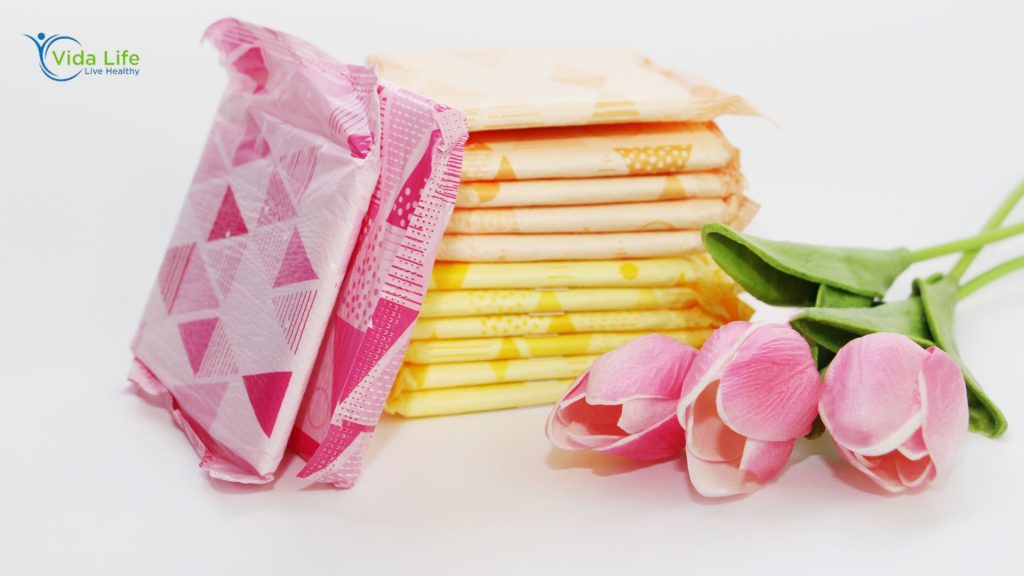A sanitary pad (sometimes known as menstrual napkins) is an absorbent rectangle designed to attach inside your underwear and absorb menstrual blood. Some pads feature wings that fold over at the sides of your garment in order to help protect against leaks or stains from happening during use.
Many girls begin using sanitary pads during puberty. It is essential that they know what makes a good sanitary pad.
Hygiene
As well as offering comfort, sanitary pads can also reduce leakage during menstrual cycles or when sleeping on their backs. An absorbency level suitable to your menstrual flow will guarantee a peaceful night’s rest.
Sanitary pads manufactured at large facilities typically adhere to stringent hygiene parameters; however, smaller independent units often produce poor-quality sanitary pads which fall below government regulation (Development Solutions & WSSCC, 2018). Such units often supply their products to government departments for free distribution among girls in schools, hospitals and prisons (Development Solutions & WSSCC, 2018).
BIS currently sets the current standards for sanitary pads; these only stipulate a maximum pH limit to avoid microbial growth. New standards are being developed, which require raw materials be supplied with evidence of their safety; this will provide women with access to more hygiene options.
Comfort
Pads provide an easy, more comfortable experience than tampons and are easily visible to help remind users when to change them. Wearing pads correctly may even reduce the risk of toxic shock syndrome; however, it’s still important to monitor signs of toxicity and seek medical assistance immediately if necessary.
Basic pads typically consist of a paper strip covered by adhesive that adheres to the undergarment lining and adheres to it securely, adhering directly over your crotch area and offering leak protection. Some pads even feature wings for additional leak protection. It is advised to change your pad every 3-4 hours if you experience heavy flow as this helps reduce irritation and reduce odor.
Eco Femme is a women-led social enterprise which creates beautiful washable cloth pads made from organic cotton that donate one to girls in need every time one is sold in the UK. Additionally, their pads are free from dyes, chlorine, pesticides and fragrances; making them suitable for sensitive skin conditions.
Reusability
Reusable pads prioritise comfort and breathability by using soft natural materials for greater breathability and offer a healthier alternative to disposables. Reusables also significantly decrease environmental impacts by eliminating synthetic additives that might otherwise irritate. Plus switching can significantly lower environmental footprint as disposable pads end up in landfill each month compared with switching over to reusables!
Women and girls can escape period poverty with one simple purchase of reusable menstrual products from Trade for Aid; each kit purchased will donate one pack to those living in conflict zones, refugee camps or areas affected by natural disasters.
Disposal
Disposable pads are one of the major contributors to landfill and ocean pollution, containing harmful chemicals and plastics that damage both our environment and skin.
Recycled materials also clog toilets, creating an ideal breeding ground for flies and mosquitoes, while flushing them down the toilet may clog the sewage system and pose health hazards to others.
Some girls use reusable menstrual absorbents made of cloth, which must be washed and dried regularly in sunlight as sunlight acts as a natural sterilizer. They are available from natural health stores and snap or clip onto undergarment.
Once, women would throw dirty pads into public toilets openly without proper disposal, which generated much sanitary waste that went undetected. Nowadays, however, people are more aware of the hazards associated with littering public bathrooms with this waste material; many toilets now offer special bins to dispose of these materials safely.


